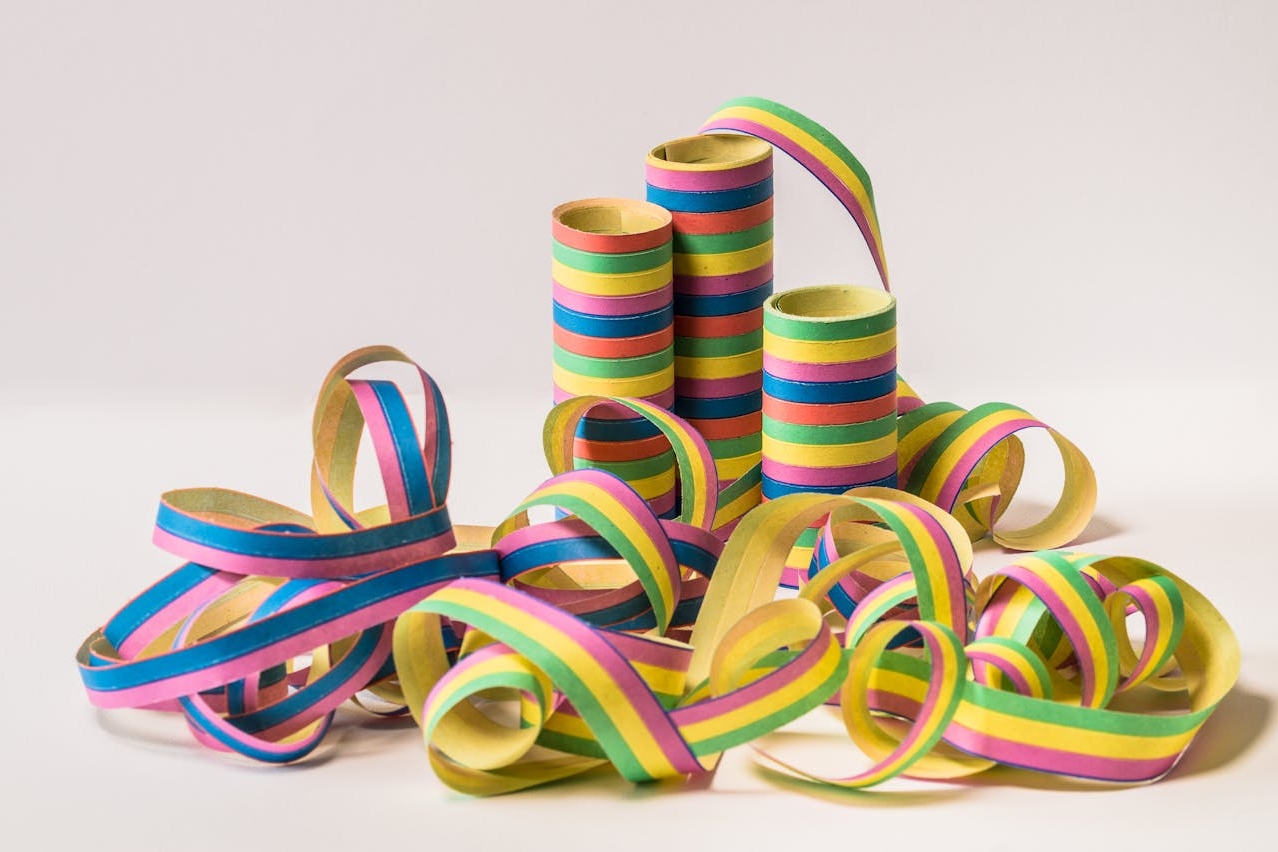Indian handicrafts have a long and storied history, with artisans across the country creating exquisite pieces that showcase the richness of Indian culture and heritage. From handwoven textiles to intricately crafted jewelry, Indian handicrafts exemplify the artistry and craftsmanship that have been passed down through generations. In this blog post, we embark on a journey through the world of Indian handicrafts, exploring their significance in fashion and jewelry and the enduring legacy they represent.
Handwoven Textiles: Handwoven textiles are a hallmark of Indian craftsmanship, with each region boasting its unique weaving techniques, motifs, and styles. From the intricate brocades of Benaras to the vibrant ikats of Telangana, Indian handwoven textiles are prized for their beauty, quality, and craftsmanship. Designers and fashion houses around the world are incorporating Indian handwoven fabrics into their collections, celebrating the rich heritage and artistry of Indian weaving traditions.
Embroidery and Embellishments: Embroidery is another integral aspect of Indian handicrafts, with artisans using intricate stitching techniques to embellish fabrics and garments. From the delicate threadwork of chikankari to the dazzling embellishments of zardozi, Indian embroidery adds depth, texture, and beauty to fashion and jewelry. Designers often collaborate with skilled embroiderers to create bespoke pieces that showcase the artistry and craftsmanship of Indian embroidery traditions.
Artisanal Jewelry Making: Indian jewelry-making is steeped in tradition, with artisans employing age-old techniques to create stunning pieces that reflect India’s rich cultural heritage. From intricate filigree work to elaborate gemstone settings, Indian jewelry is prized for its craftsmanship, beauty, and symbolism. Artisans often handcraft each piece using traditional tools and methods, ensuring that every piece is a unique work of art that tells a story of India’s cultural richness and artistic legacy.
Reviving Traditional Crafts: In recent years, there has been a renewed interest in reviving traditional Indian handicrafts and preserving artisanal skills. Organizations, NGOs, and government initiatives are working to provide training, support, and market access to artisans, empowering them to preserve their craft traditions and improve their livelihoods. By investing in traditional crafts and supporting artisanal communities, India is safeguarding its cultural heritage and promoting sustainable livelihoods for future generations.
Global Recognition and Appreciation: Indian handicrafts have garnered international recognition and appreciation for their beauty, craftsmanship, and cultural significance. From high-fashion runways to artisanal markets, Indian handicrafts are celebrated for their uniqueness, authenticity, and artistic expression. As consumers increasingly prioritize handmade and ethically sourced products, Indian handicrafts are finding new audiences around the world, contributing to the global appreciation of India’s rich cultural heritage and artistic traditions.
Conclusion: Indian handicrafts are a testament to the country’s rich cultural heritage, artistic traditions, and spirit of innovation. From handwoven textiles to artisanal jewelry, Indian handicrafts showcase the skill, creativity, and craftsmanship of artisans across the country. As India continues to embrace its craft traditions and promote artisanal skills, the legacy of Indian handicrafts will endure, inspiring generations to come with their beauty, creativity, and cultural richness.




